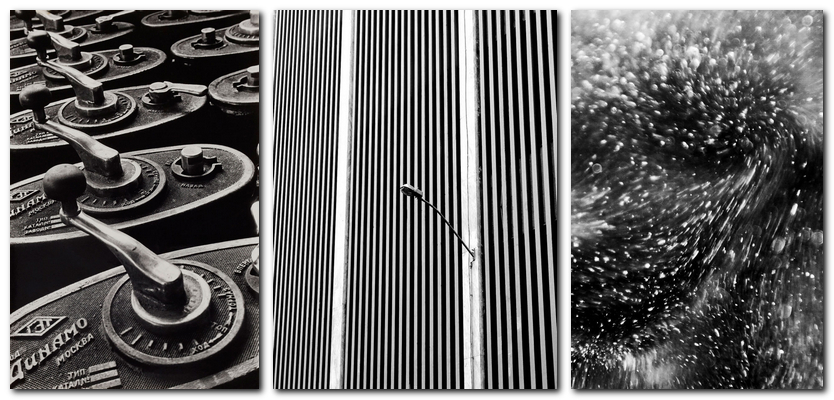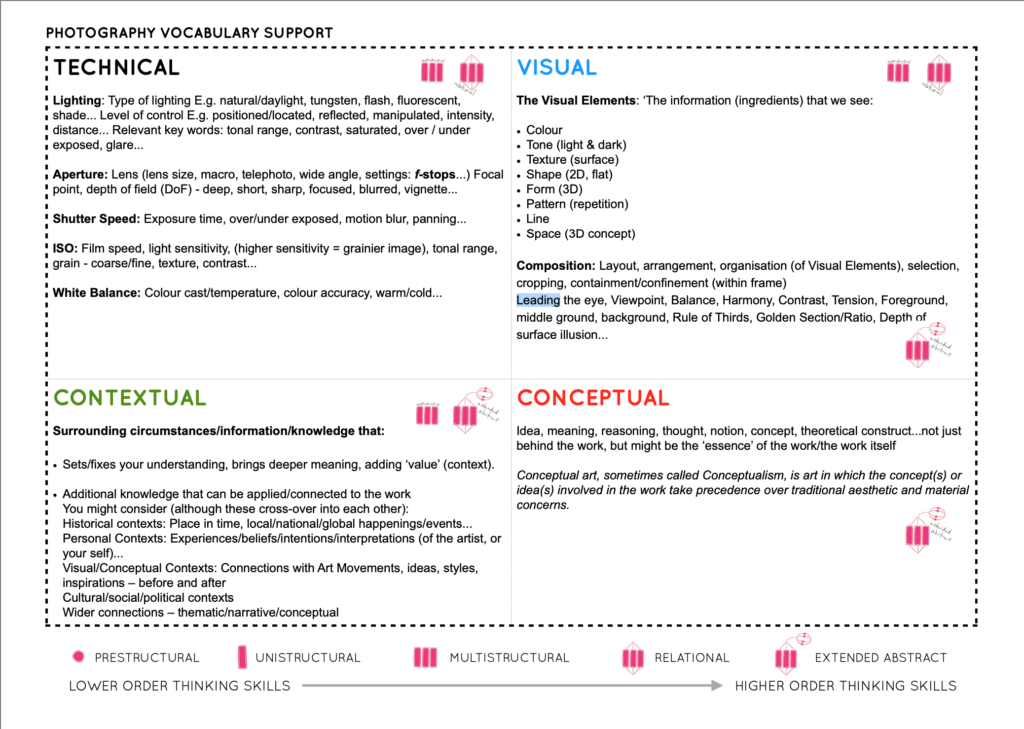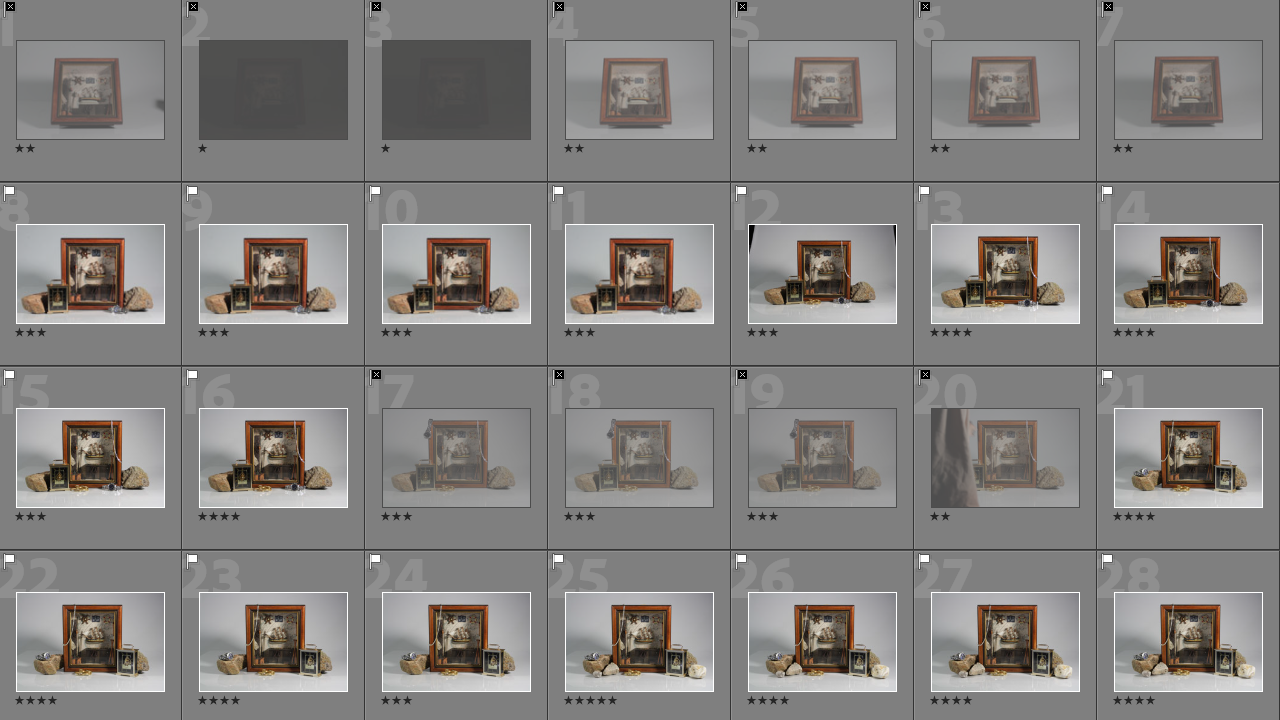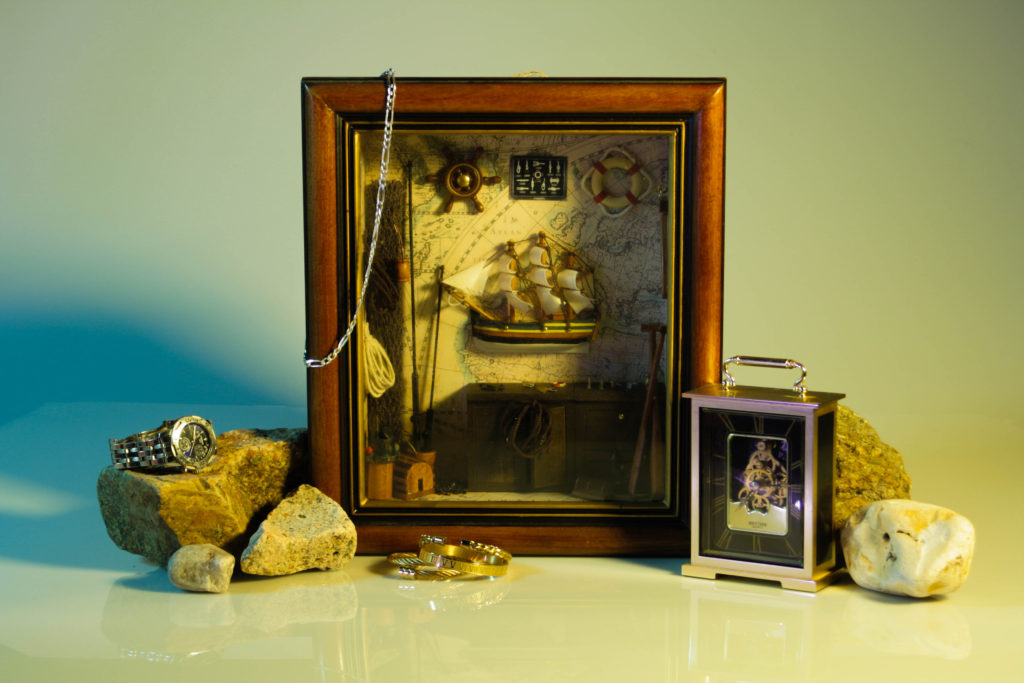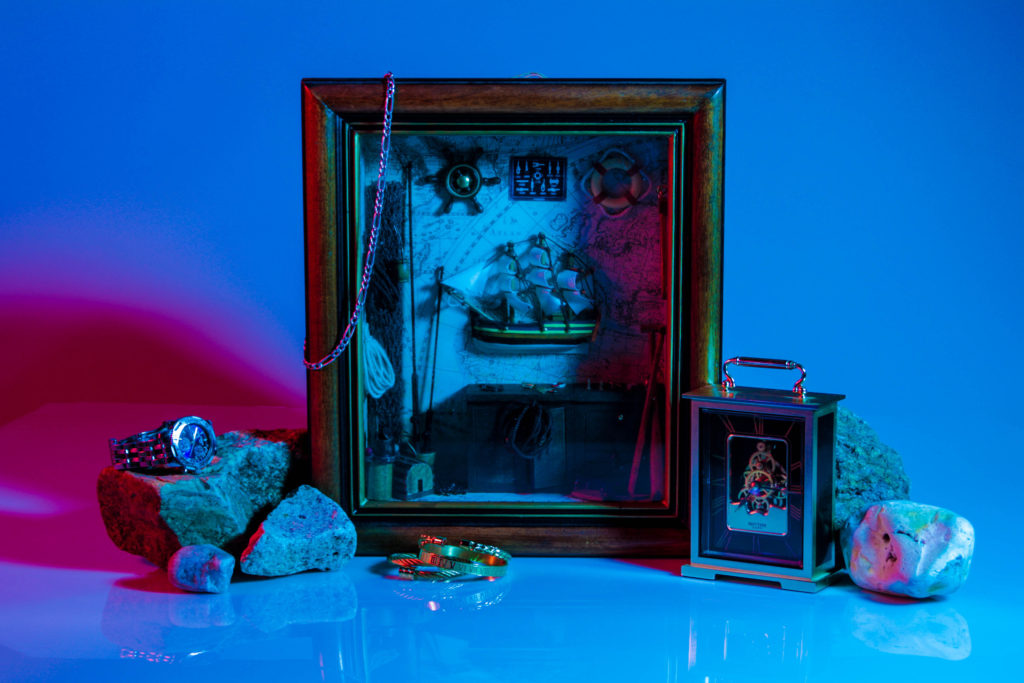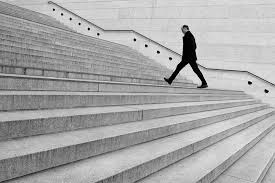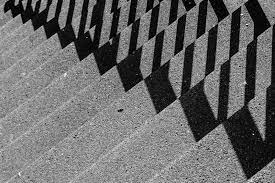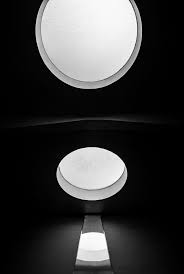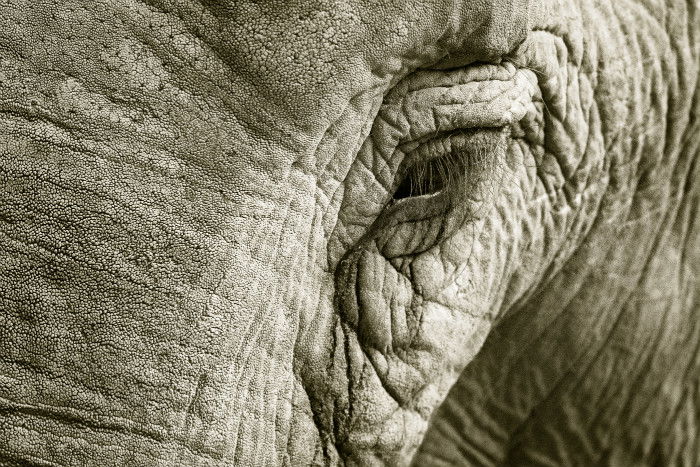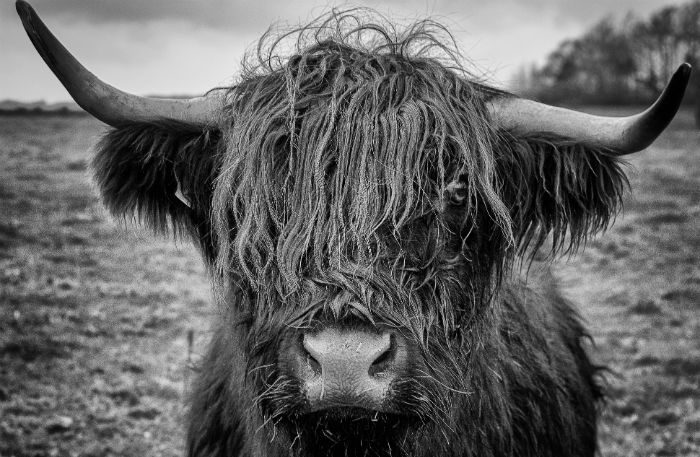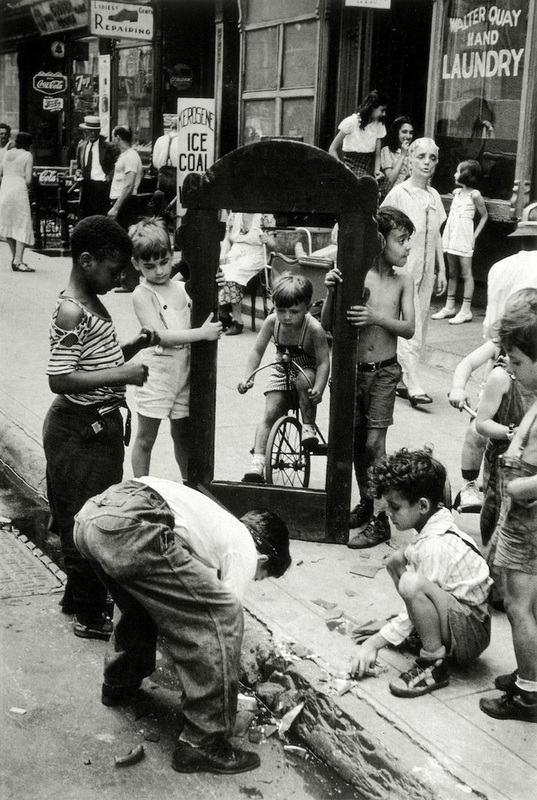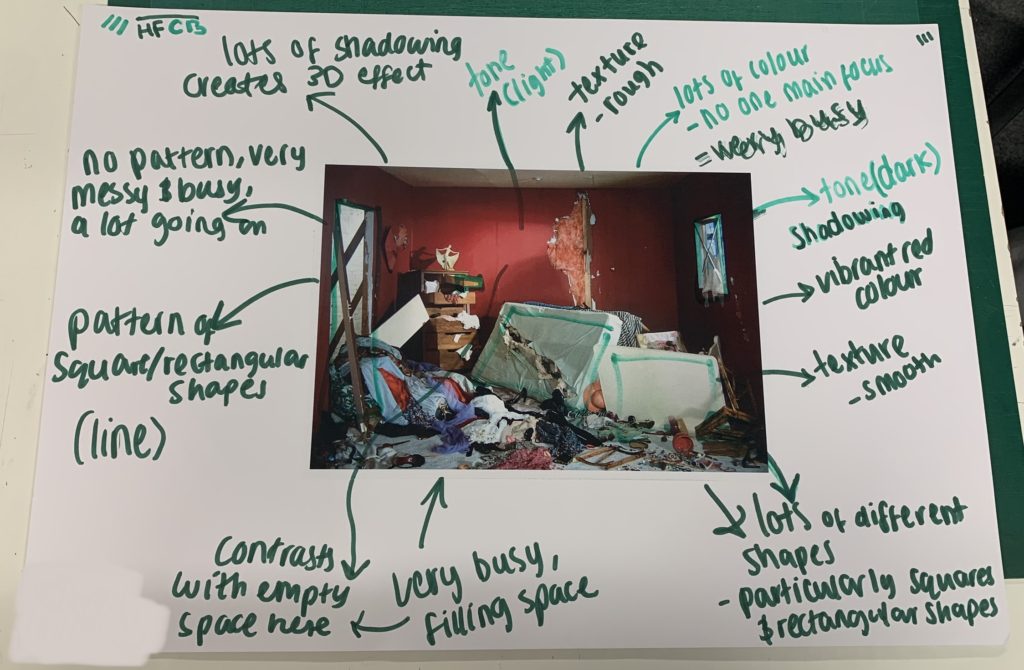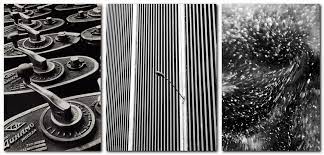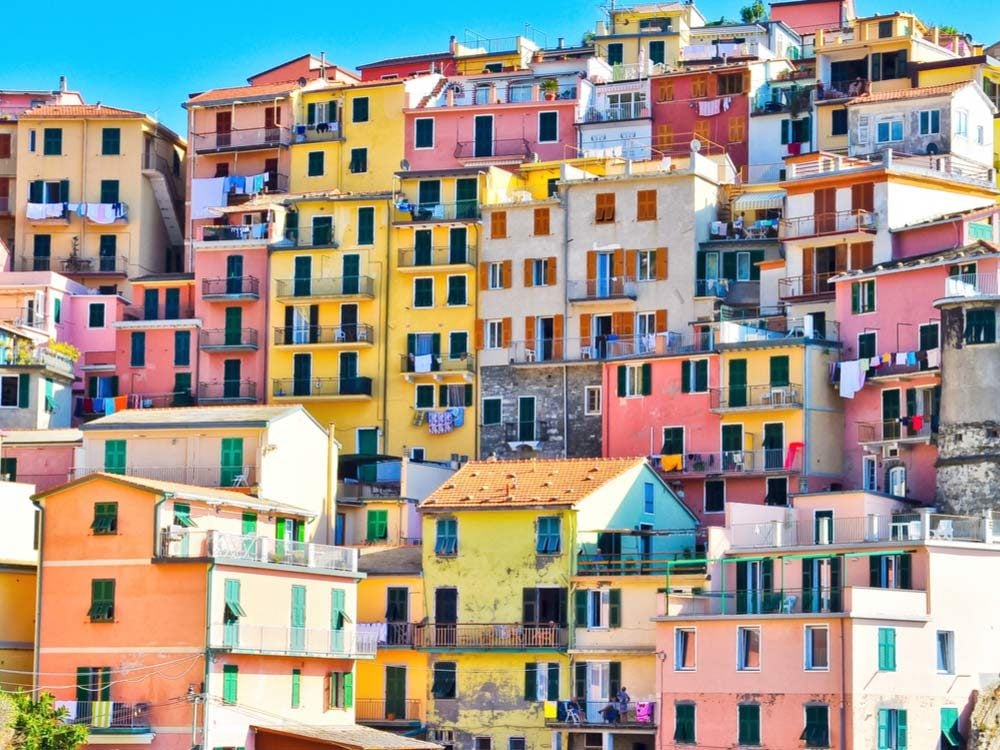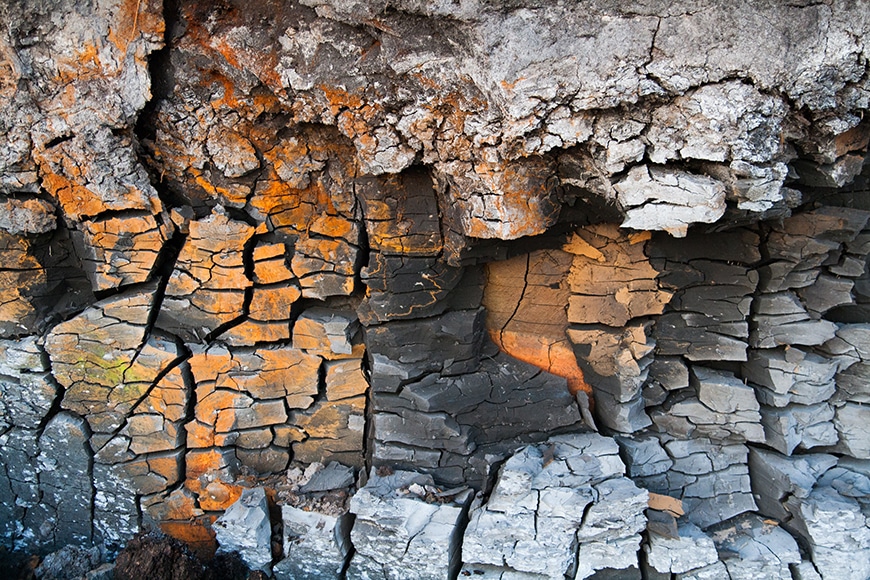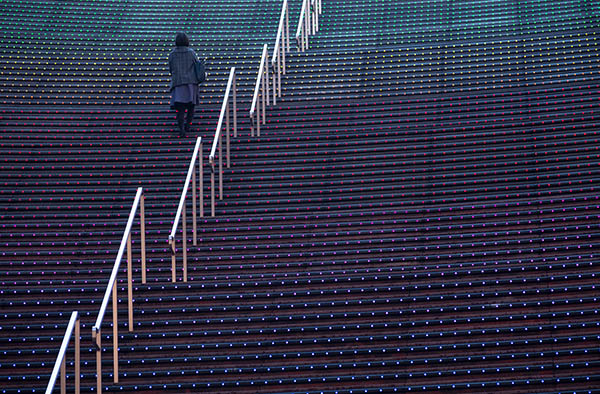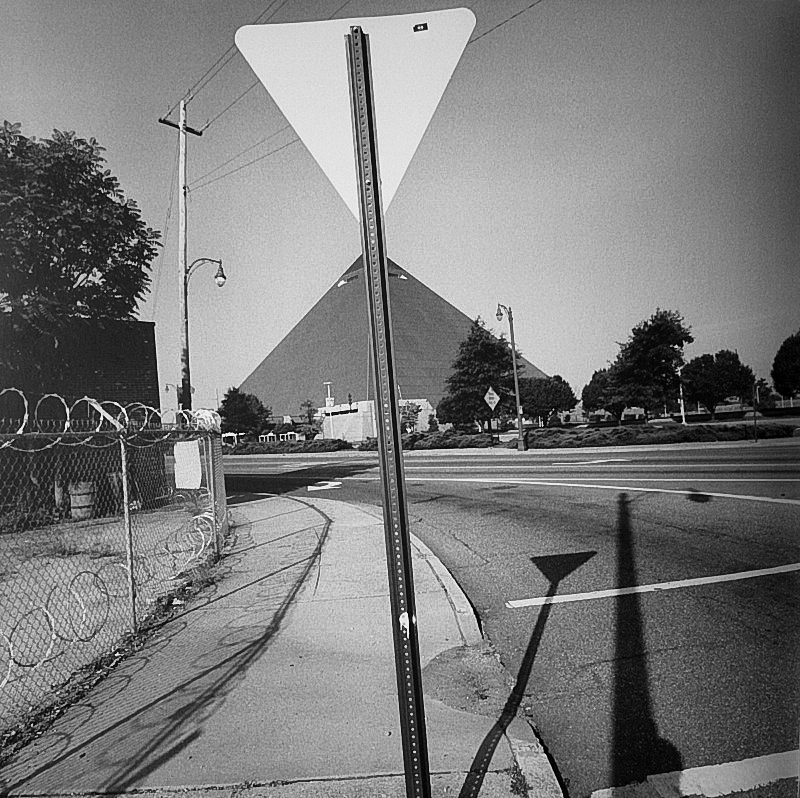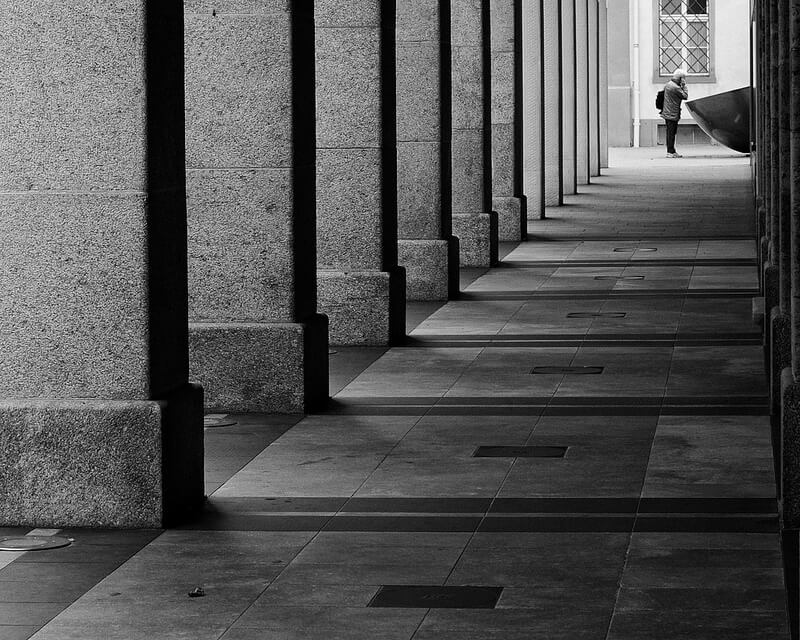Formalist photography is when the photographer becomes the visual designer whenever the a frame is captured. It also, shows the most important aspect of photography is form, the way you see the image, and its visual aspects
What is visual language?
Visual language in photography implies a pictorial communication media in telling a story or a particular event. Visual elements are the information that we see within an image.
Visual elements:
- Colour
- Tone (light and dark)
- Texture (surface)
- Shape (2D, flat)
- Form (3D)
- Pattern (repetition)
- Line
- Space (3D concept)
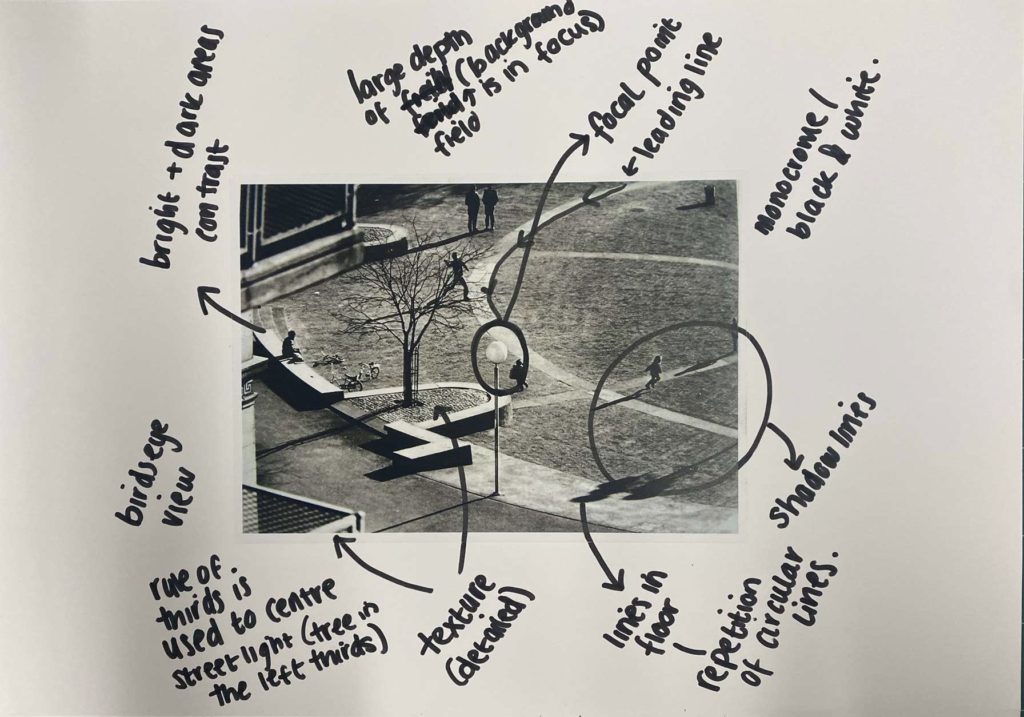
Here is an annotation I did on an image using ‘photo literacy.’ When annotating I looked at the lines, light, texture, colour/tone, the focal point and the rule of thirds.
Examples of formalist photography:


The images mainly have no colour and are in black and white. You can see that there are toned areas on both of these images which show a contrast. There is a clear use of leading lines in the second image as the lines draw you to the subject of the image. The first image does have a lot of lines however, they don’t lead anywhere they just add to the texture of the image. In both images there’s pattern and repetition used. In my opinion the second image has only used the rule of thirds because the first image doesn’t really have a subject or focal point in it’s image.
Lines and Light:

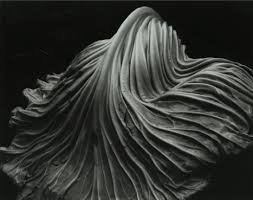
Both these images have a strong use of lines and light as you can see the contrast in tone. The line can be a variety of strong harsh straight lines or softer curved lines.
Repetition and Texture :


You can see in the images above that there is clear repetition used whether it be how the bottles are aligned or the spiral lines. Repetition van be shown clearly or hidden in formalism photography which can be seen in these two images. These images both have show how texture can vary. In the first image the texture looks very hard and harsh. It also looks as if the shapes are made out of metal. However, the texture in the second image is distinctively different as it looks smooth and thinner than the metal shapes shown in the first image.

